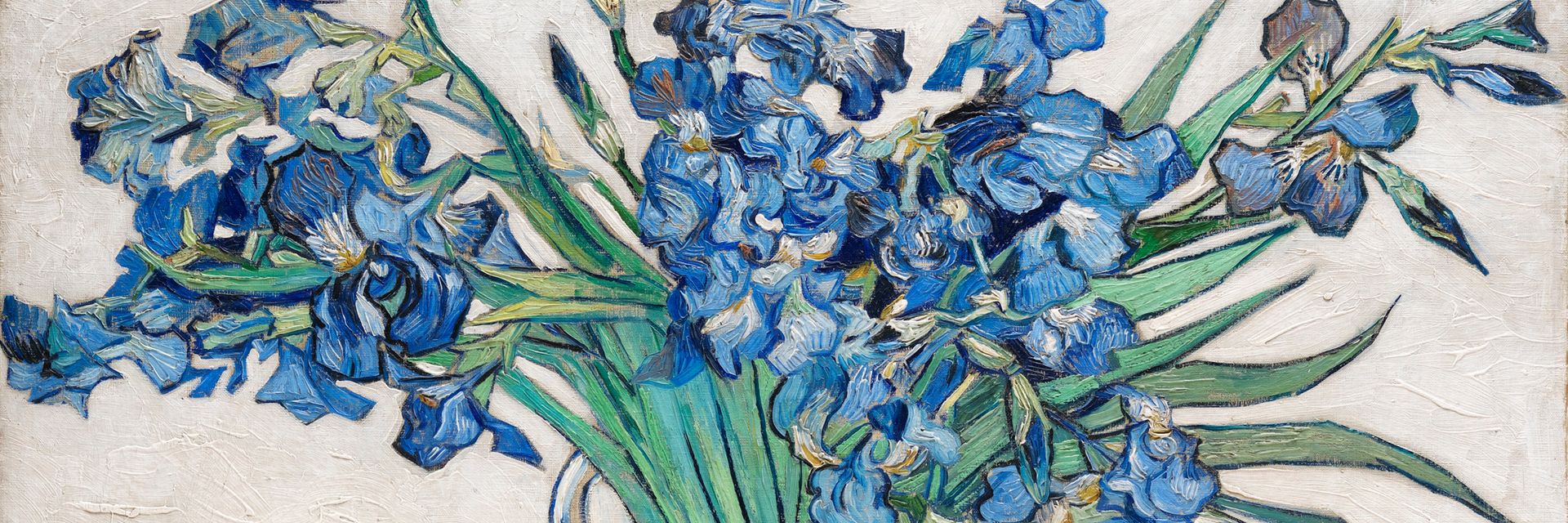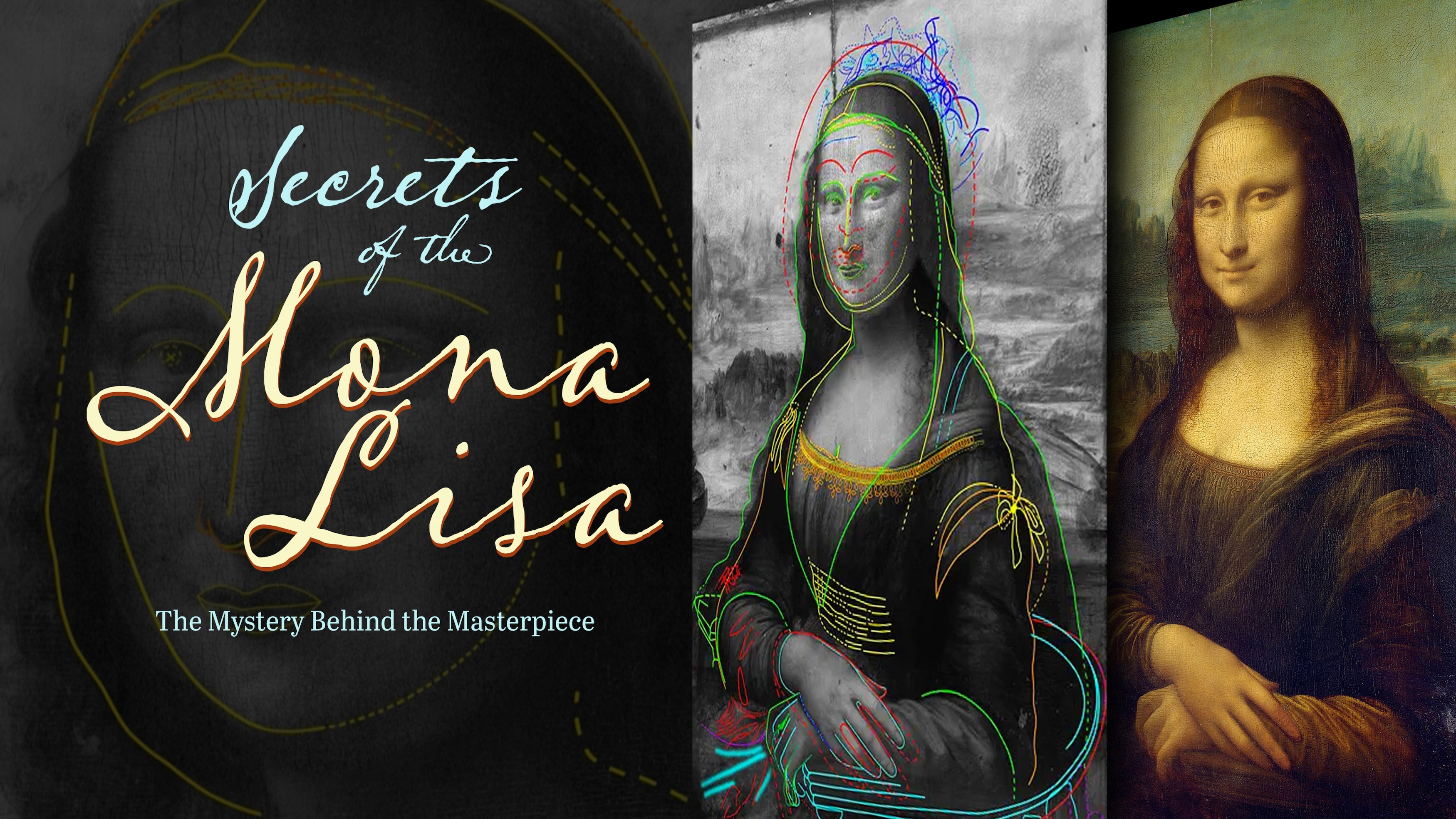Sorting out who made a work of art and who owns it can be a messy business.
◊
If you’ve ever been asked for your identification or for the title to your car, you’ve been asked to authenticate yourself or the legal owner of your vehicle. In the art world, provenance refers to the documented history of an artwork’s ownership.
The chain of legitimate owners of a piece of art is crucial in determining an artwork’s authenticity and value. There have been many eye-opening stories in the world of art involving provenance, from lost masterpieces to art theft and forgery. Let’s take a look at a few of them.
Dive deeper into the mysteries of the world’s most famous portrait in this exciting MagellanTV documentary.
Salvator Mundi by Leonardo da Vinci
Da Vinci’s “Salvator Mundi” depicts Christ holding a crystal orb. The painting was long thought to be lost or misattributed to one of Leonardo’s followers. It re-emerged in 2005, heavily overpainted, after having been bought for less than $10,000. Extensive restoration and research proved it to be Leonardo’s work. It was sold at auction in 2017 for a staggering $450 million. The painting’s provenance played a central role in its attribution. However, debate continues about whether it was fully painted by Leonardo himself, and that controversy is over authenticity.
The Arnolfini Portrait by Jan van Eyck
The details of this iconic work’s provenance read like a thriller. Van Eyck painted the portrait in 1434, after which it was presumably first owned by the sitter, and then purchased over the centuries by a succession of institutions and private collectors, including ill-fated King Charles I of England.
.jpg)
 The Arnolfini Portrait by Jan van Eyck, 1434 (Source: Collection of the National Gallery, London, via Wikimedia Commons)
The Arnolfini Portrait by Jan van Eyck, 1434 (Source: Collection of the National Gallery, London, via Wikimedia Commons)
After his execution, much of the king’s art collection was sold. Eventually, the portrait ended up in the National Gallery in London. These are only highlights, of course, but you can imagine the personalities and interests involved in dramatic events involving when and how the painting changed hands. Its complex history reflects the artwork’s journey through war, royal ownership, and national collections.
Gustav Klimt’s Portrait of Adele Bloch-Bauer I
Known as the “Woman in Gold,” Klimt’s painting was looted by the Nazis during World War II from the Bloch-Bauer family. A lengthy legal battle made it a symbol of arduous efforts to recover stolen art, and the painting was finally returned to the rightful heirs in 2006. It was later sold for $135 million, a record at the time, and now hangs in the Neue Galerie in New York. Its provenance highlighted the importance of restitution for art looted during wartime.
.jpg)
.jpg)
 (1).jpg) Photo of Adele Bloch-Bauer (left) and Klimt’s portrait of Bloch-Bauer (Source: Wikimedia Commons)
Photo of Adele Bloch-Bauer (left) and Klimt’s portrait of Bloch-Bauer (Source: Wikimedia Commons)
Vincent van Gogh’s Irises
This painting, one of Van Gogh’s most famous works, has had a dramatic history of ownership. After Van Gogh’s death, it passed through various private hands, including that of renowned art collector Joan Whitney Payson, and was later sold to Alan Bond for $53.9 million in 1987. However, due to Bond’s financial troubles, the painting had to be resold. The multiple changes in ownership reflect the painting’s complex market valuation and provenance.
The Isabella Stewart Gardner Museum Heist
In 1990, 13 works of art, including paintings by Vermeer, Rembrandt, and Manet, were stolen from the Gardner Museum in Boston in the biggest art heist in history. None of the works have been recovered. Their provenance, prior to the theft, was well-documented, but their current whereabouts remain a mystery. Were they destroyed? Or will they someday return to adorn the walls of one of America’s most charming art museums?
These stories underscore the significant role that provenance plays in the art world. The documentation of an artwork’s ownership is vital for its historical, cultural, and financial value. When controversies arise over authenticity or legality (as with stolen or looted art), provenance becomes a key factor in resolving disputes.
Ω
Title Image: A digital copy of a photo of Van Gogh’s Irises, digitally enhanced by Rawpixel. (Source: Rawpixel, via Wikimedia Commons)


